WHAT IS A WADA?
- The traditional residence in Maharashtra was called the wada.
- A wada was typically a large building of two or more storey with groups of rooms arranged around open courtyards.
- Two types of wadas:
- One which houses many families, like an apartment building of recent times or chawl of Mumbai.(Mostly for the middle class families)
- One in which only one family resided. (Mostly owned by the richer class like relatives of the peshwas and traders)
EMERGENCE OF WADA ARCHITECTURE
- Wadas – which were the traditional residential form of Maratha architecture, evolved under the reign of Peshwas.
- Its style was an amalgamation where features from Mughal, Rajasthan, and Gujarat architecture were combined with local construction techniques.
SETTLEMENT OF PUNE UNDER THE PESHWAS
- Settlements developed around the Peshwa’s residence.
- Land around the Peshwas residence was divided into wards called peths.
- These were self-sufficient units and they were named after the days of weeks or the person who had established the peths.
SOCIAL STRUCTURE IN SETTLEMENTS
- Social life centered around the village community.
- The village communities were economically self-reliant and self-sufficient units, each having it’s own set of ethics and residential enclaves, shops, temples etc.
- The administration was autonomous.
- Town had a multinucleated structure.
NEIGHBOURHOOD OF A WADA
- The streets and roads in the settlement were narrow.
- Roads were never straight as the growth of the settlement was organic.
- The plots for construction of wadas were rectangular and lay right next to the streets.
- A wada never had a garden or vistas leading to it.
- The urban form of the settlement appeared like a maze of two or three storied structures having internal open spaces, placed along the road network with very little open community space.
CASE STUDY: KHARADKAR WADA
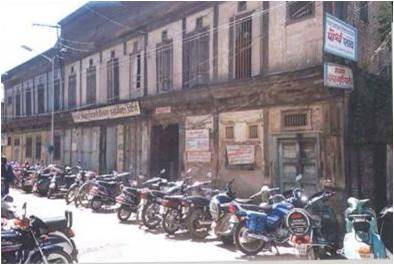
This Wada was built in 1875 by Shri Karandikar who was a moneylender by profession and was related to the Peshwas.
LOCATION
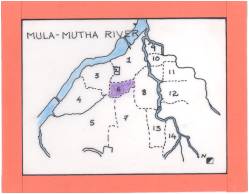
Kharadkar wada is located in Pune, Maharashtra, in Budhwar Peth.
CLIMATE
- Pune having a moderate type of climate has the following characteristics:
- The solar radiation is more or less the same throughput the year.
- The relative humidity in dry periods varies from 20-55% and in monsoons 55-90%.
- The total rainfall usually exceeds 1000mm per year. Winter is a dry season.
- Winds are generally in summer.
- Their speed and direction mainly depends upon the topography.
- The sky is mostly clear with an occasional presence of dense low clouds during summer.
- The design of a wada was not influenced much by the climatic factors rather it was influenced more by the social and cultural factors.
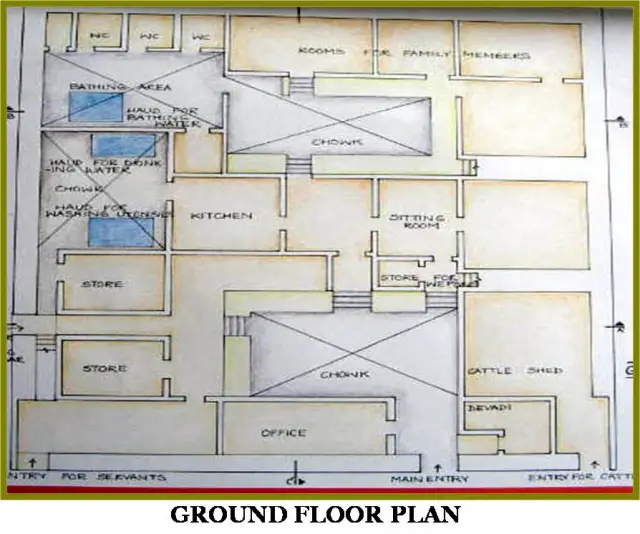
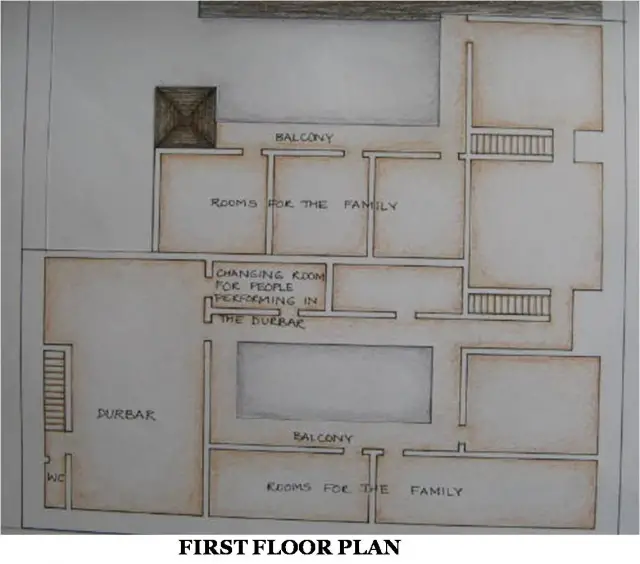
SOME CHARACTERISTICS OF THE KHARADKAR WADA
- Distinct zoning can be seen.
- Separate entrances for guests, domestic help, people visiting the durbar, separate entries for the people performing in the durbar and a separate entry into the cattle shed.
- There are 4 entrances to the house.
- Privacy for the women given a priority.
- Three main courtyards or chowks.
- The wada has it’s entrance in the southern side.
ZONING
- The most significant features of the wada was the way it’s zoning of public, private and semi-private spaces was done.
- This can be seen very distinctly in the plan.
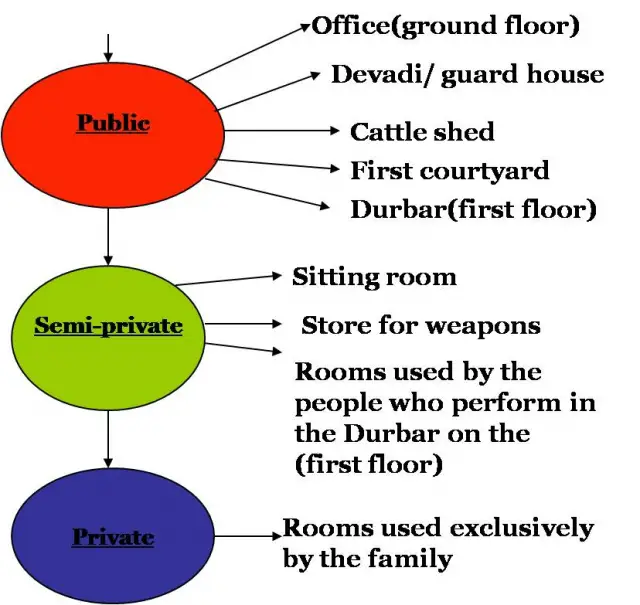
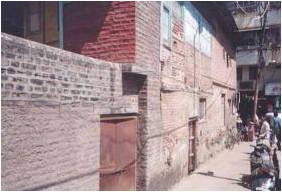
Visual showing the environment of the wada
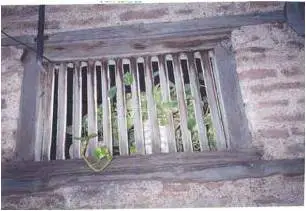
Small window openings with wooden grills
- There were very few openings on the sides of the building, so the rooms were not well lit.
- The rooms were ventilated from the courtyards.
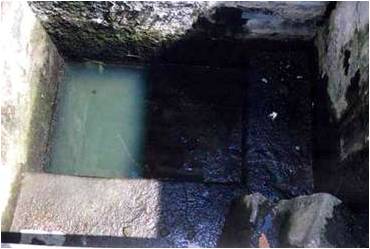
One of the HAUDS in the wada
- One of the most interesting features of this wada was the underground water supply which came from Katraj dam which was 11kms from the site.
- One noteworthy point is that no pumping was required.
- The water that came was collected in open tanks called ‘HAUDS.’
- Kharadkar wada has three separate hauds for separate activities.
- One for bathing, one for washing utensils and one for storing drinking water.
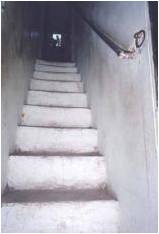
- All the staircases were places in 4ft thick walls.
- This was done so that when the women moved around in the house they wouldn’t be seen from the outside.
- This way the privacy of the house was maintained.
- All the external walls of the wada were 4ft thick.
- This helped to keep the interior of the wall cool in summers.
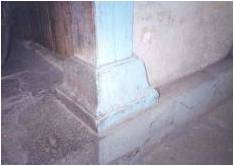
Stone base supporting a wooden pillar
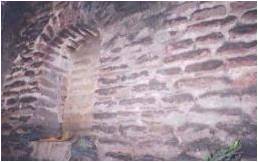
Niche in the wall
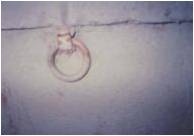
Ring in the courtyard to tie horse
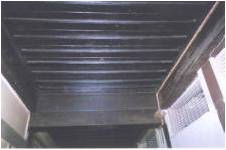
Wooden battens supporting the upper floor
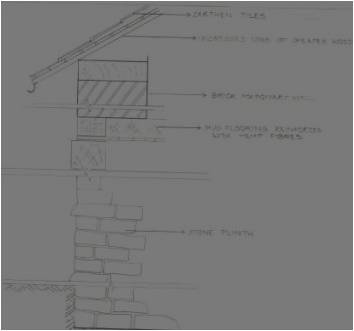
External wall section of a wada
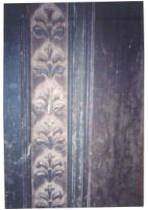
Carving on wooden door frame

Hey, you have done a fabulous
Hey, you have done a fabulous job.
Keep it up.
hi,u hv dont nic work.bt if u
hi,u hv dont nic work.bt if u want some anather pictures and more information ant wada u can contact me.
m living in most big and beautyful wada.
regard
Pratil Patil
09922264100
nice work…but i guess could
nice work…but i guess could be elaborated more on details or aesthetic elements with sketches…i need help wid maharashtrian architecture,,,doin research on it..if any architectural info plsss 4wd
regards
samy
Good work. I would like to
Good work. I would like to know the author and publisher of this work on Wada.
I am student of Texas A&M
I am student of Texas A&M university and want to include this page into my research. Please email me the name of the Author.
EXCELLENT IT WAS REALLY
EXCELLENT IT WAS REALLY HELPFUL FOR ME IN DOING DESIGN PROJECT!!!!!!!
plz….
plz…. elaborate….helpful,bt nt enf….
its really nice work .. n
its really nice work .. n helpfull to me for studying one f the neighbourhood in India.
I am an Architecture student
I am an Architecture student & I liked this page however I think you should provide more details(photos & sketches) like decorative brackets,rods to hang clothes embedded in wall(‘Khunti’ in Marathi) which are charecteristic to Marathi Architecture & culture.
really nicew work,helped me a
really nicew work,helped me a lot. if u have any other info plz do mail me.
Very nice search… will be
Very nice search… will be useful for those who would want to build ther houses the way wadas .. were built
Hey! The information on this
Hey! The information on this page is very helpful. I would like to know where I can find more information regarding the same – who is the author? Is there a book that can be referenced etc. I need it for a research project.
Mr. Pratik Patil,
I would
Mr. Pratik Patil,
I would like to get a few details of your wada. I am working on a project in Junnar. Kindly respond.